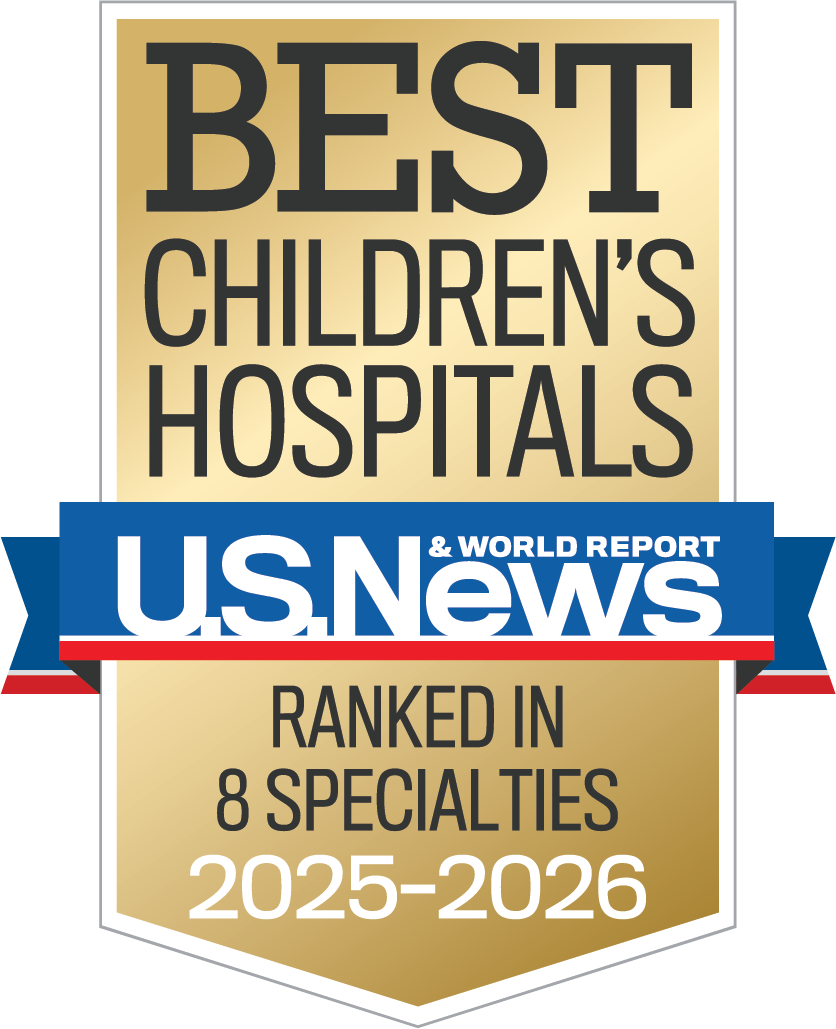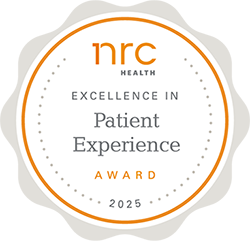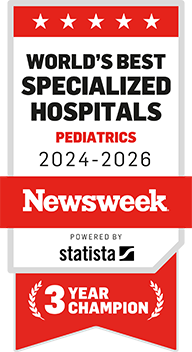Constraint-Induced Movement Therapy

What is Constraint Induced Movement Therapy (CIMT)?
Constraint Induced Movement Therapy (CIMT) is an evidence based therapeutic approach designed to “rewire” the brain in individuals who have limited or impaired use of one side of their body (hemiplegia) due to diagnoses such as Stroke, Cerebral Palsy, Traumatic Brain Injury, and other neurological injuries.
Following the research and teachings of Dr. Edward Taub at UAB, our program aims to increase the use and improve the quality of movement of the affected upper extremity during activities of daily living.
How does a child become eligible to participate in the CIMT program?
Before entering the program, each child is screened to determine eligibility and plan of care that will meet that child’s needs. The child will then be scheduled to attend the program 5 days a week for 2-3 weeks, 90-180 minutes per day depending on that child’s needs. A family member or caregiver is expected to be with the child during each treatment session.
How does the CIMT program work?
On the first day of the program, the child will meet with an Occupational Therapist trained in CIMT for an initial evaluation and to establish goals to meet that child’s individual needs. Throughout each day, the child will be with that therapist to engage the affected extremity in activities chosen to target their goals. A variety of treatment approaches, tools, and activities may be used, and the therapist will provide the appropriate amount of assistance needed to make that child successful in completing activities. Caregivers will be assigned home practice activities to continue working on the child’s skills at home each day for optimal outcomes.
Who are the staff that will seeing a child in the CIMT program?
Our staff are experienced Occupational Therapists who have been extensively trained in the CIMT protocol/approach.
What children will benefit from the CIMT program?
The children that will most benefit from this program are those who are limited in the use of one arm/hand, are at least 2 years of age, and are able to follow directions and maintain attention for at least 15 minutes. Goals are more easily attained by children who have some use of their affected extremity at the beginning of the program.
Family and/or caregivers are expected to actively participate in the program activities to learn and help their child continue to use the affected arm/hand in daily activities at home.
For more information, please contact us at:
Phone: 205-638-6293









